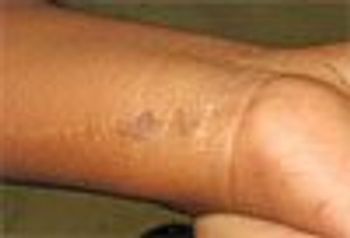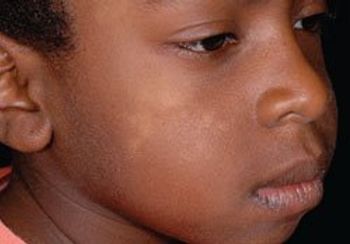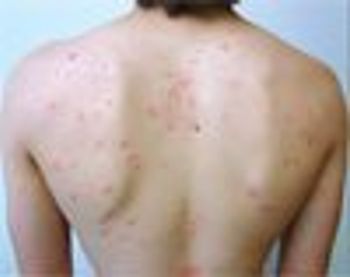
The most common chronic medical problem that we pediatricians treat is asthma. We do our best to manage our patients’ asthma by prescribing controller medications, providing asthma action plans, and guiding families through acute exacerbations. We often ask about possible environmental triggers, such as tobacco smoke and cockroaches, and we advise patients to reduce their exposure to those triggers.










